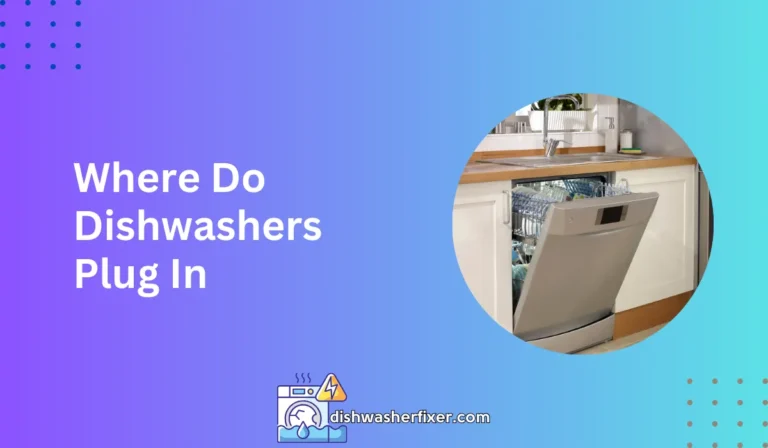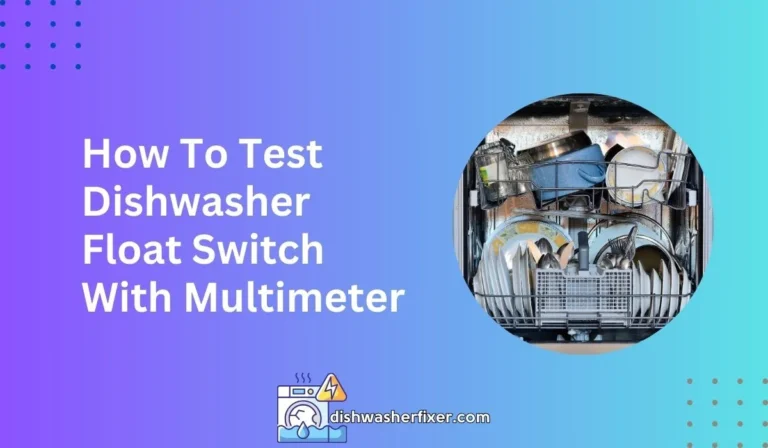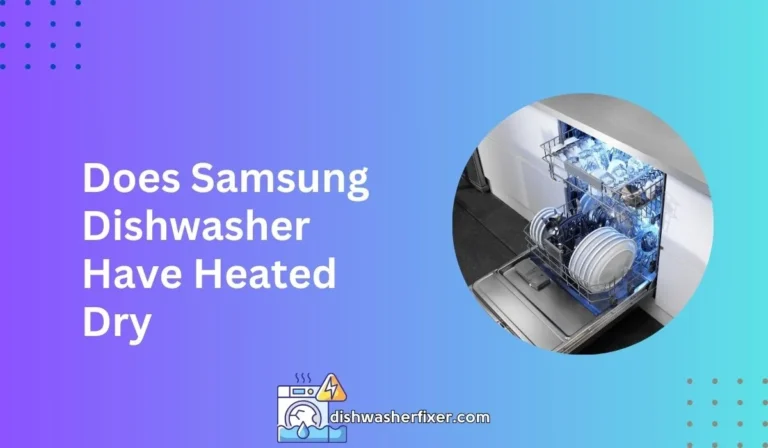What Water Line for Dishwasher: Best Types & Installation Tips
For a dishwasher, use a 3/8-inch flexible copper, stainless steel braided, or PEX water line. Ensure it’s rated for hot water and has a 3/8-inch female compression fitting to connect to the dishwasher’s water supply valve.
Understanding Dishwasher Water Line Requirements

Importance of Selecting the Right Water Line
Choosing the correct water line for your dishwasher is not just a matter of following instructions; it’s about ensuring efficiency, safety, and longevity of your appliance.
The right water line minimizes the risk of water damage and maximizes the performance of your dishwasher. It is a critical step in the installation process that should not be overlooked.
Types of Water Lines Compatible with Dishwashers
There are several types of water lines that can be used with dishwashers. Each has its own advantages and is suitable for different situations. Let’s explore the most commonly used types.
Copper Tubing
Copper tubing is a traditional choice that offers durability and reliability. It is resistant to corrosion and can withstand high temperatures, making it an excellent option for hot water lines.
Braided Stainless Steel
Braided stainless steel lines are flexible and easy to install. They are also known for their burst-resistant properties, which provide an added layer of security against leaks.
PVC or PEX Tubing
PVC and PEX tubing are both cost-effective and flexible options. They are lightweight and easy to work with, which can simplify the installation process.
Factors Influencing Water Line Choice
When selecting a water line for your dishwasher, consider durability and longevity, ease of installation, and compliance with local building codes. These factors will guide you to choose the best water line for your needs.
Recommended Water Line Size for Most Dishwashers
For most dishwashers, a 3/8-inch flexible copper, stainless steel braided, or PEX water line is recommended. Ensure the water line is rated for hot water and has a 3/8-inch female compression fitting to connect to the dishwasher’s water supply valve.
How to Install a Dishwasher Water Line

Tools and Materials Needed for Installation
Before starting the installation, gather all necessary tools and materials. This includes the water line, adjustable wrenches, a tubing cutter or hacksaw, and Teflon tape. Having everything on hand will streamline the process.
Step-by-Step Guide to Installing the Water Line
Turning Off the Water Supply
The first step is to ensure that the water supply to the area where you will be working is turned off. This is crucial to prevent water from gushing out when you disconnect the old water line or install the new one.
Measuring and Cutting the Water Line
Measure the distance between the dishwasher’s water inlet and the supply valve. Cut your water line to size, allowing a bit of slack to prevent kinks or tension.
Attaching the Water Line to the Dishwasher Inlet
Attach one end of the water line to the dishwasher inlet. Use Teflon tape on the threads for a watertight seal and tighten the connection with an adjustable wrench.
Securing the Water Line to the Supply Valve
Connect the other end of the water line to the supply valve. Again, use Teflon tape and an adjustable wrench to ensure a secure, leak-free connection.
Checking for Leaks and Proper Flow
Turn the water supply back on and check for leaks at both connection points. Run the dishwasher to verify that the water flows correctly and that there are no performance issues.
Tips for a Successful Installation
Ensuring a Tight Seal with Proper Fittings
Use the correct type and size of fittings for your water line to ensure a tight, leak-proof seal. Avoid over-tightening, which can damage the fittings and lead to leaks.
Avoiding Kinks and Bends in the Water Line
Ensure the water line has a gentle curve rather than sharp bends, which can restrict water flow and increase the risk of kinks.
Following the Dishwasher Manufacturer’s Installation Guidelines
Always refer to the manufacturer’s instructions for specific installation details. This will help prevent mistakes and ensure the dishwasher operates as intended.
Maintenance and Troubleshooting for Dishwasher Water Lines

Routine Maintenance Tips to Avoid Leaks and Prolong Life
Regularly Checking for Signs of Wear and Damage
Inspect the water line periodically for signs of wear, such as corrosion or fraying. Catching issues early can prevent leaks and water damage.
Tightening Connections as Needed
Over time, fittings can loosen. Check the connections at the dishwasher inlet and supply valve, and tighten them if necessary.
Flushing the Line to Remove Debris and Buildup
Occasionally, debris can accumulate in the water line. Flush the line by running the dishwasher empty or disconnecting the line and allowing water to flow through it.
Common Issues with Dishwasher Water Lines
Leaks at Connection Points
Leaks often occur where the water line connects to the dishwasher or supply valve. Regular checks can help you spot and address these leaks promptly.
Clogged or Slow-Flowing Water Lines
If water flow to the dishwasher is slow, the line may be clogged. A thorough cleaning or replacement may be necessary to resolve the issue.
Water Line Kinks or Damage
Kinks in the water line can restrict water flow, while physical damage can lead to leaks. Both should be addressed immediately to ensure proper dishwasher function.
Steps to Troubleshoot and Fix Common Water Line Problems
How to Identify the Source of a Leak
To find a leak, check the water line and connections while the dishwasher is running. Look for drips or moisture at the joints. Sometimes, you may need to feel along the line for wet spots.
Repairing or Replacing Damaged Sections of the Water Line
If a section of the water line is damaged, it can often be cut out and replaced with a new piece of tubing using couplings. Ensure that the repair is done securely to prevent future leaks.
When to Call a Professional Plumber
If you’re unable to fix the issue or if the problem persists, it may be time to call a professional plumber. They can provide expert advice and service, ensuring that your dishwasher water line is installed correctly and functioning properly.
FAQs About Water Line for Dishwasher
What type of water line is suitable for a dishwasher?
A 3/8-inch flexible copper, stainless steel braided, or PEX water line is suitable for a dishwasher.
Does the water line for a dishwasher need to be rated for hot water?
Yes, the water line for a dishwasher must be rated for hot water.
What size should the female compression fitting be for connecting a water line to a dishwasher?
The female compression fitting should be 3/8-inch to connect a water line to the dishwasher’s water supply valve.
Can I use any material for the dishwasher water line?
Only use flexible copper, stainless steel braided, or PEX water lines for a dishwasher, and ensure they’re suitable for hot water use.
How do I choose the correct water line for my dishwasher installation?
Choose a 3/8-inch flexible water line that is rated for hot water and has a 3/8-inch female compression fitting compatible with your dishwasher’s water supply valve.
Final Thoughts
When selecting a water line for your dishwasher, choose a 3/8-inch flexible copper, stainless steel braided, or PEX tubing.
It’s crucial that the line is suitable for hot water use and comes with a 3/8-inch female compression fitting for easy connection to the dishwasher’s water supply valve.
Useful Resources
- https://www.dutchessny.gov/Departments/Water-Wastewater/Docs/2021_After_Boil_Water_Notice_Instructions.pdf
- https://www.cdc.gov/healthywater/emergency/drinking/drinking-water-advisories/boil-water-advisory.html
- https://www.newbergoregon.gov/maintenance/page/annual-water-line-flushing-hydrant-inspections





